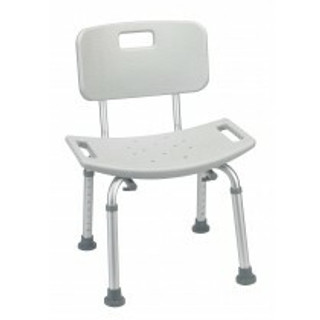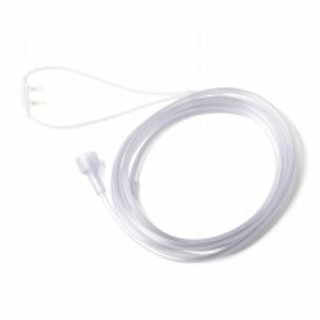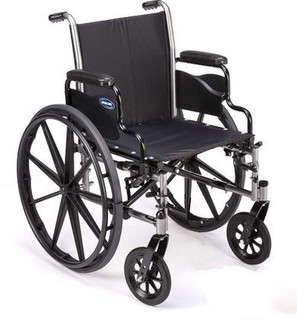Creating a Budget: A Guide for Older Adults
It is difficult to create and manage a budget at any age. Particularly so if you are elderly and on a fixed budget.
Finances are one of those topics that most Americans like to avoid talking about, regardless of one’s age or income level. For some, it is a difficult subject to discuss and often embarrassing. Unfortunately, this attitude tends to isolate many seniors from the necessary information and help they need that can help them build basic sound money and debt management skills.
Financial security as you age: A forbidden topic
Consider this: Studies show that more than 25 million older adults do not have the necessary financial security. Furthermore, more than than 65 percent of American adults lack the necessary financially skills which proves why seniors have difficulty relating to and are lacking in financial skills. Missed opportunities can also be particularly detrimental for older adults who live on a fixed income.
Today’s floundering economy has contributed tremendously for many people who struggle to make ends meet. What further exasperates the situation is that seniors often are reluctant to discuss financial matters. Learning how to set up and use a budget is one of the most important steps you can take to gain better control over your money. It is never too late to get started.
Creating a Workable Budget
1. Set up a budget calendar It will help you with a visual reference of your income and expenses which will help you obtain greater control. You don’t need a computer program to do it.
2. Use the 75/25 rule—a common budgeting formula that can help assist you with your spending decisions.
- Live on no more than 75% of your income
- You will end up saving at least 25% of your income
It is difficult to save on a limited fixed income but building a savings can help with financial security and give you peace of mind as well. The rule can help guide your spending decisions: Even if this goal seems difficult to reach right now, it is a good one to aim for to make budgeting a regular part of your life.
3. Increase your budget with benefits programs—it can provide crucial financial assistance. There are many benefits programs that can help you pay for essentials such as food, medicine, utilities, and other daily expenses.
How to get started
1. Learn about the different parts of maintaining a budget. The components you will use in your monthly plan include:
- Income: Social Security and other monthly sources and/or stipends.
- Monthly fixed expenses: your mortgage or rent, insurance premiums, other fixed debt payments.
- Monthly flexible expenses: food, utilities, gasoline, etc.
- Periodic expenses: home and car insurance, repairs and maintenance, property taxes.
- Discretionary expenses: personal care, entertainment.
2. Identify all sources where your income comes from. Compile pay stubs from Social Security and other government benefits, pensions, and any other sources of income such as money you receive from life insurance plans.
3. Learn where you spend your income. Keep track of everything you spend your money on. Keeping a spending diary will help you with this.
4. Maintain a simple budget sheet. Put everything together in one place and you now have a working budget.
The bottom line when it comes to budgeting
Maintaining a budget won’t change your money situation immediately. However, it will become a powerful tool to help you achieve financial stability. Using a budget takes time and practice. Understand that you may hit some obstacles along the way but persevere with the 75/25 rule in mind and you will be on your way!
If medical supplies are necessary SafeWell Medical Supply offers low prices on essential medical supplies including rollators, walkers, wheelchair, plus personal and bathroom safety supplies. Click on the logo below to browse their thousands of quality products.



















